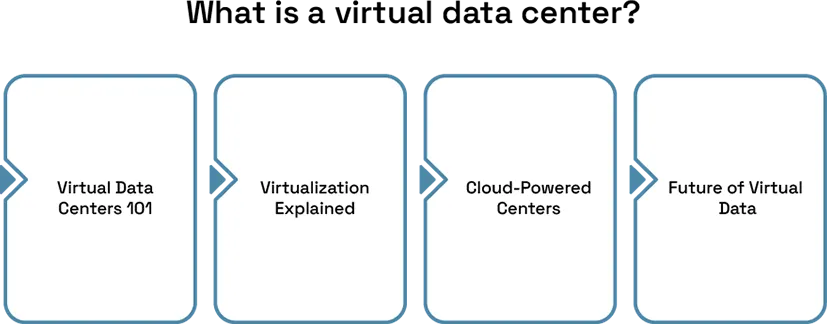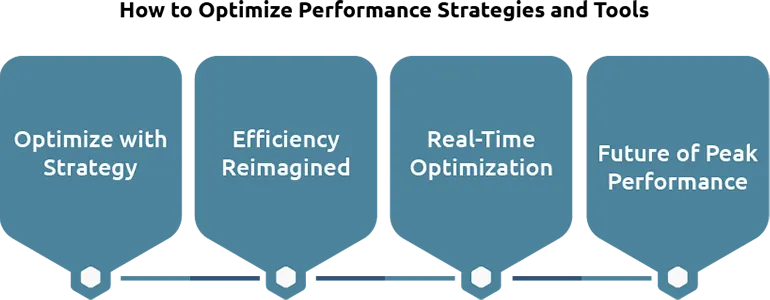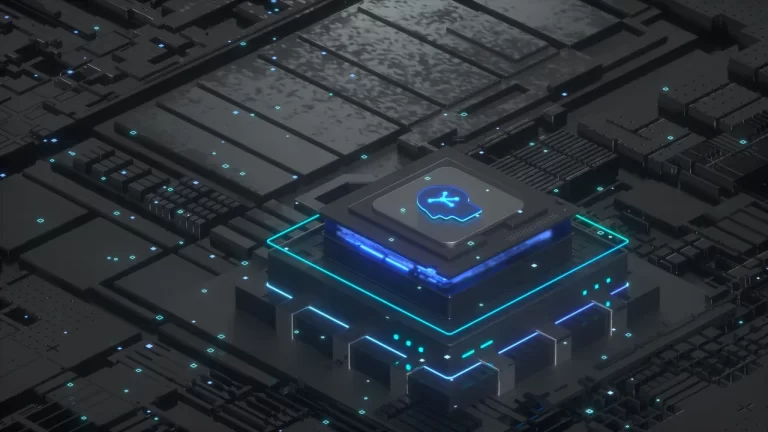In the year 2025, achieving better efficiency in a Virtual Data Center (VDC) has been made challenging by continuous progression in edge computing and AI. Edge computing aims at shifting the computation process to the edge rather than the central location; as a result, it the low latency rates for real-time applications. This is especially the case in applications where feed data needs real-time analysis, which is true for many use cases of autonomous vehicles and IoT devices. Looking at edge computing as a solution that decentralizes data processing, it is clear that it delivers better performance and lessens the pressure on the central data centers.
It is also seen that AI works hand in hand to help it achieve its performance objectives since it provides autonomy and predictive analysis. Virtualization software, with the help of artificial intelligence, can prioritize and assign the necessary resources depending on the need, monitor possible failures in the system, and perform other fundamental tasks. This leads to efficiency, reduction in time spent on work, and utilization of resources as much as possible. Over the years, more specifically, in the context of VDC, the role of integrating AI and edge computing will remain inevitable to sustain the high level of performance, especially for handling complex applications of the modern world.
What is a virtual data center?
A virtual data center, commonly referred to as VDC, is a resource that comprises storage, computing, and networking types of equipment that are assembled and marketed as one service. It is, therefore, essential to understand that VDCs are essentially virtual infrastructures built from virtual technologies with no need for physical hardware, as is the case with physical data centers. These are crucial in today’s advanced information technologies, as they enable the implementation of various workloads with no geographical constraints.
The components within a virtual data center would also depend on the type of service provider that one is selecting, but predominantly include virtual machines, virtual storage, and software-defined networks (SDN). This paper provides an understanding of what VDC is concerning aiding organizations’ decision-making in cloud migration. It also brought up two critical questions: What type of VDC is most suitable for these tasks, and how can it be developed to suit the dynamic business environment?

Why Optimize Performance in Virtual Data Centers?
Performance optimization in a VDC is highly desirable because the effectiveness of the cloud environment translates to the efficiency of applications, data retrieval, and the overall end-user experience. As organizations and businesses embark on the virtual environment, there is a need to ensure that each resource is allocated most efficiently due to the impact of delays in the organization’s resulting in high costs. This is why businesses need to focus on aspects such as latency, IOPS, and bandwidth in particular.
When discussing performance, power, and efficiency, it is not only about the velocity at which your application performs but equally about how data scales in terms of quantity and need for stability. When done appropriately, it guarantees that virtual environments can manage the surge traffic and demands, are easily deployable, and have high availability. However, optimization has its challenges, which include sharing of resources, issues to do with network congestion, and issues to do with adherence to security standards.
How to Optimize Performance: Strategies and Tools
Another aspect that can be managed to improve the performance in a VDC includes the automated provision of hardware resources such as the CPU, memory, and storage capacity, depending on the current traffic on the network. Applications such as tool DCIM (Data Center Infrastructure Management), AI & Big Data analytics, and orchestration applications can help data centers understand the workload distribution in the data center or performance issues. Also, load balancing and network segmentation are effective ways of addressing issues related to excessive load in networks.
Another important area of the company’s activity is the monitoring and automation. Making administrators continuously monitor their performances, they can implement this by detecting anomalies, failures, and even automating the response. This approach reduces considerable losses of time and makes the system more responsive to the problem. Nonetheless, which tool to use depends on the virtual data center’s architecture or design plan. Each has its advantages, like cost savings and flexibility to work with other systems, and its disadvantages, like integration cost and compatibility.

Types of Workloads and Which Are Best for Virtual Data Centers
Some workloads do not fit well when being virtualized to other workloads, whereby virtualization results in variable performance improvements. Production environments, active e-commerce sites, and other production environments are not suitable for VDCs since, in this case, many subcomponents of the implementation are eliminated. These workloads apply well to the virtual data centers because the environment provided is highly flexible and can be procured quickly. Thus, the identification of appropriate virtualization platforms for the types of workloads will provide improved resource allocation and result in better performance.
Nevertheless, adopting HPC and conducting large-scale data analyses can lead to performance penalties in completely virtual environments in case no specific infrastructure is designed for this purpose. For this reason, understanding the challenges of virtualizing such tasks would then help the IT teams make the right architectural decisions. In the long run, there is always a way to map out various types of workload to one that is perfect for a virtual data center, hence improving its efficiency at a lesser cost.
Benefits and Challenges of Performance Optimization in VDCs
Thus, the optimization of the virtual data center performance has the following benefits. Some of the benefits of cloud computing are that the application becomes more responsive, it optimizes the usage of organizational resources, hence cutting down costs, it is scalable, and it increases the satisfaction of users. A well-optimized VDC helps in using both private and public cloud environments or multiple public cloud environments, helps to manage workloads, and helps to drive digital transformation at a faster pace.
But some problems can be listed as follows: These are a tough challenge in managing the virtual networks, and something that may be a hard task when migrating data from one program to anothe,r or even the challenge of maintaining the same rate of performance when running different platforms. In addition, the application of security features and compliance measures has to be achieved alongside the use of application speed and availability. But, to design a comprehensive strategy to optimize such issues, one needs to know not only the what but also the why of these situations.








